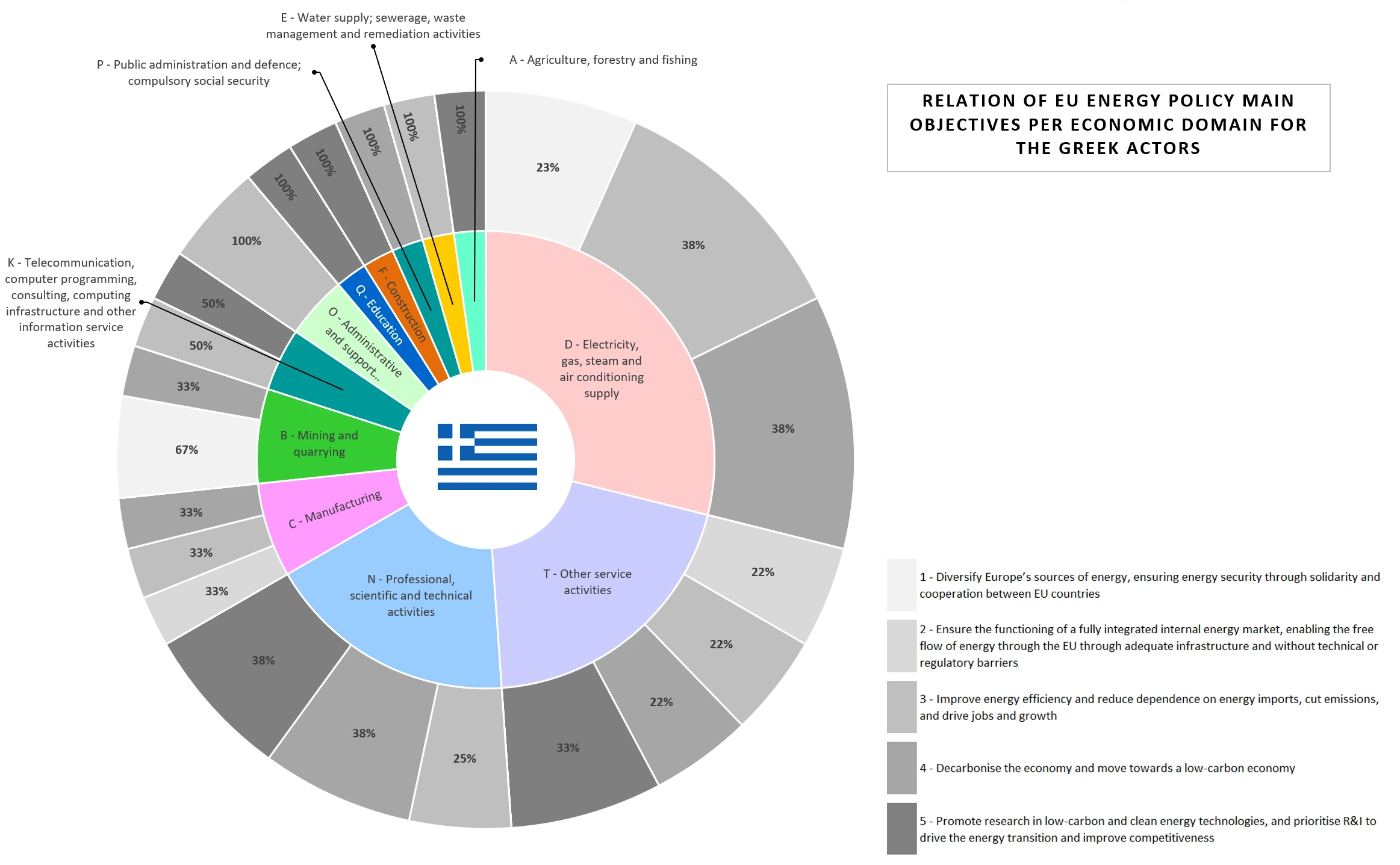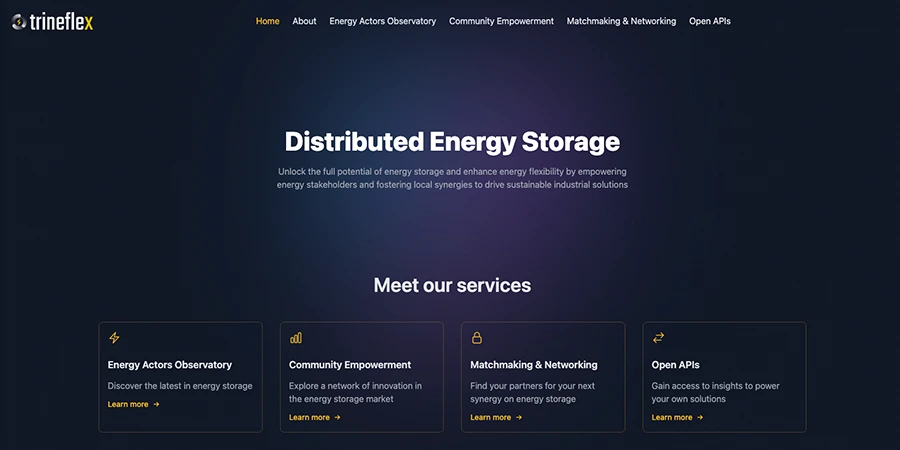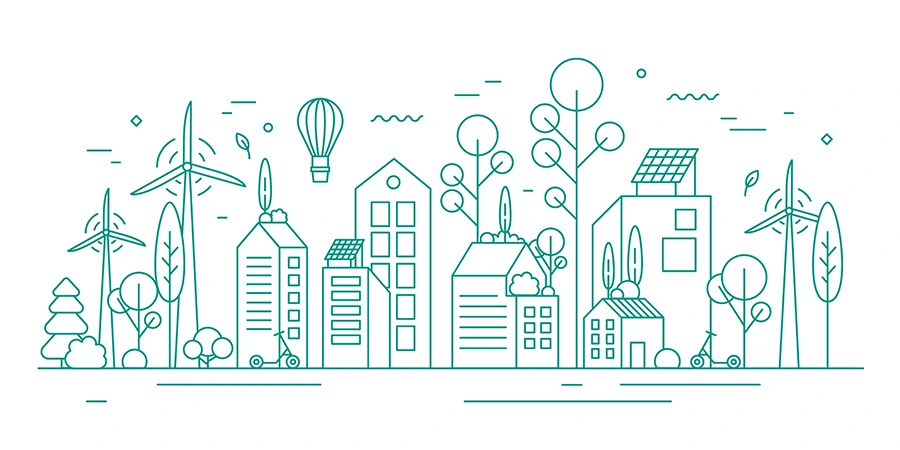· Sustainloop editorial team · regional-ecosystems · 4 min read
Stakeholder Mapping
Key actors in shaping the local energy landscape
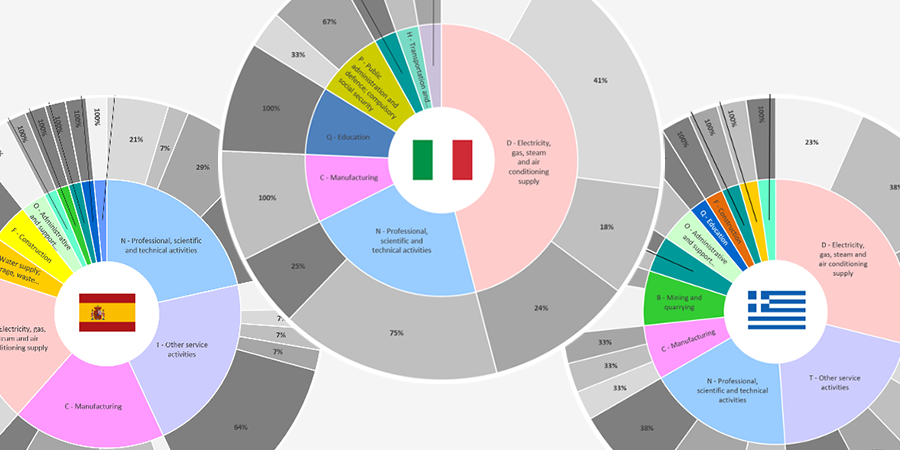
To fully grasp the impact of local ecosystems on energy transition and flexibility, a comprehensive identification and mapping of key stakeholders is essential. This includes actors who can play a crucial role in the local energy landscape and whose vision and activities hold the potential to boost the region’s energy transition. These stakeholders are well-positioned to drive innovation in the energy sector and align with the region’s overarching goals and specialization strategies. To achieve this a mapping of key actors was performed in the three countries where TRINEFLEX demo sites are based, namely Spain, Greece, and Italy. To ensure that all types of regional actors contribute to the innovation process, the stakeholder identification process in TRINEFLEX employed the quadruple helix model, encompassing utilities and government agencies, businesses and industries, academia and research institutions, as well as civil society organizations. Additionally, there is a category designated as “others”, which encompasses entities like non-profit consortia comprising diverse stakeholders that are engaged in promoting and supporting sustainability initiatives.
An analysis of the collected stakeholders from Spain, Italy, and Greece reveals distinct stakeholder profiles across the three countries.

These findings highlight the diverse stakeholder landscape across the three countries, with industries and private companies playing a pivotal role in all three. Academia and research organizations also make significant contributions to the transition agenda. While the presence of government and civil society organizations varies by country, reflecting differing levels of maturity and awareness on the subject.
Zooming into a more detailed look all actors were systematically mapped against the main EU energy policy main objectives and according to their primary economic activities classified in NACE Rev. 2.1. According to the Energy Union, the five main aims of the EU’s energy policy are to:
- Diversify Europe’s sources of energy, ensuring energy security through solidarity and cooperation between EU countries;
- Ensure the functioning of a fully integrated internal energy market, enabling the free flow of energy through the EU through adequate infrastructure and without technical or regulatory barriers;
- Improve energy efficiency and reduce dependence on energy imports, cut emissions, and drive jobs and growth;
- Decarbonise the economy and move towards a low-carbon economy in line with the Paris Agreement;
- Promote research in low-carbon and clean energy technologies, and prioritise research and innovation to drive the energy transition and improve competitiveness.
For the two most prominent economic domains of the Spanish actors, Professional, scientific and technical activities and Other service activities, research and innovation in energy transition holds the highest priority. For the subsequent two economic domains, Manufacturing and Electricity, gas, steam and air conditioning supply, energy efficiency emerges as the primary focus. Overall, all five areas are covered adequately, with energy transition garnering the most attention, followed by decarbonization and efficiency, and lastly the interconnected pair of energy market and energy security.
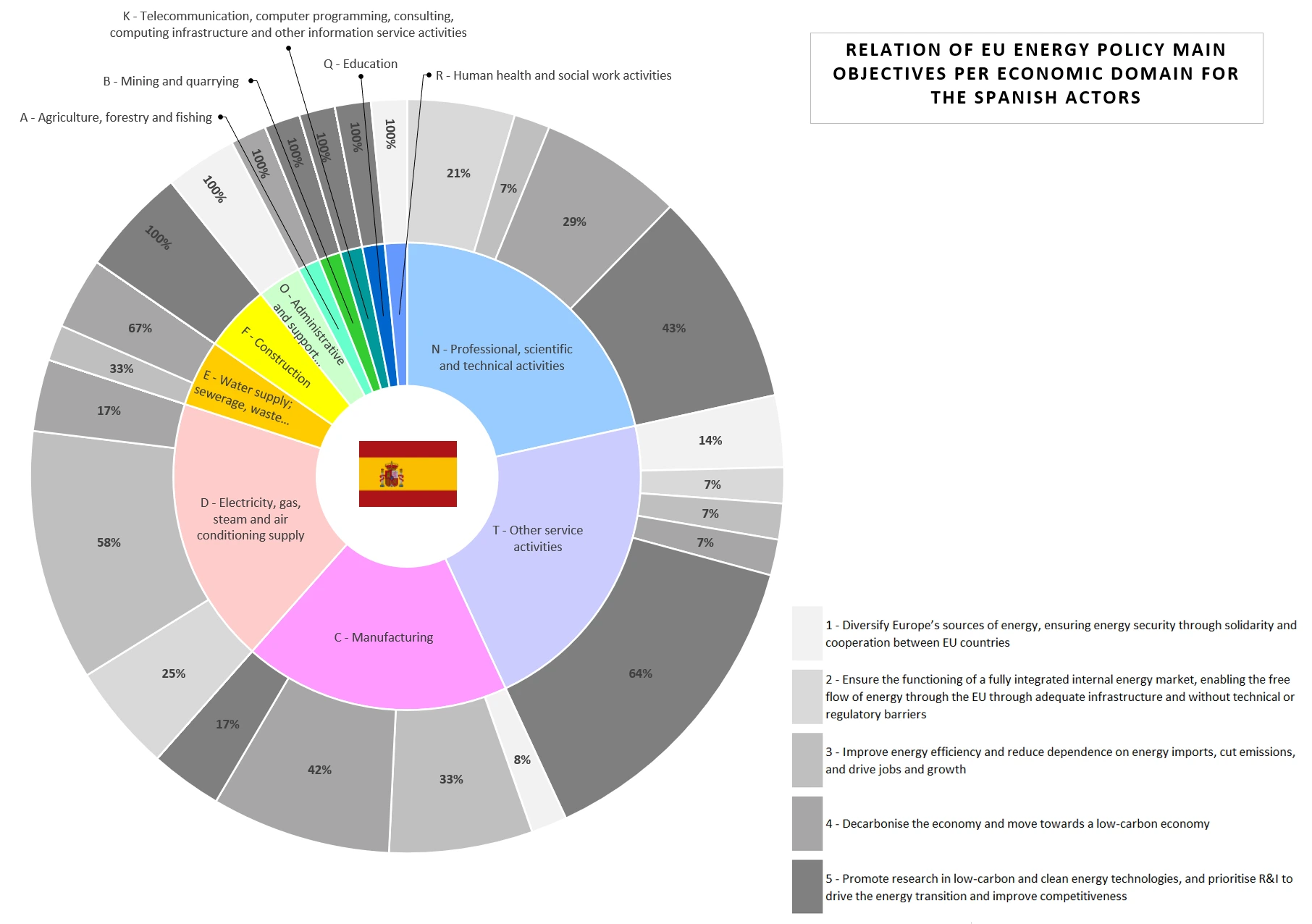
In Italy’s case, the dominant economic domains of identified actors, namely Electricity, gas, steam and air conditioning supply and Professional, scientific and technical activities, align closely with objectives pertaining to the energy market, energy efficiency, and growth. The remainder of Italian actors primarily focus on energy efficiency and clean energy research. Across the board, the complete spectrum of energy policy objectives is present, with energy efficiency taking centre stage and energy security occupying the last position.
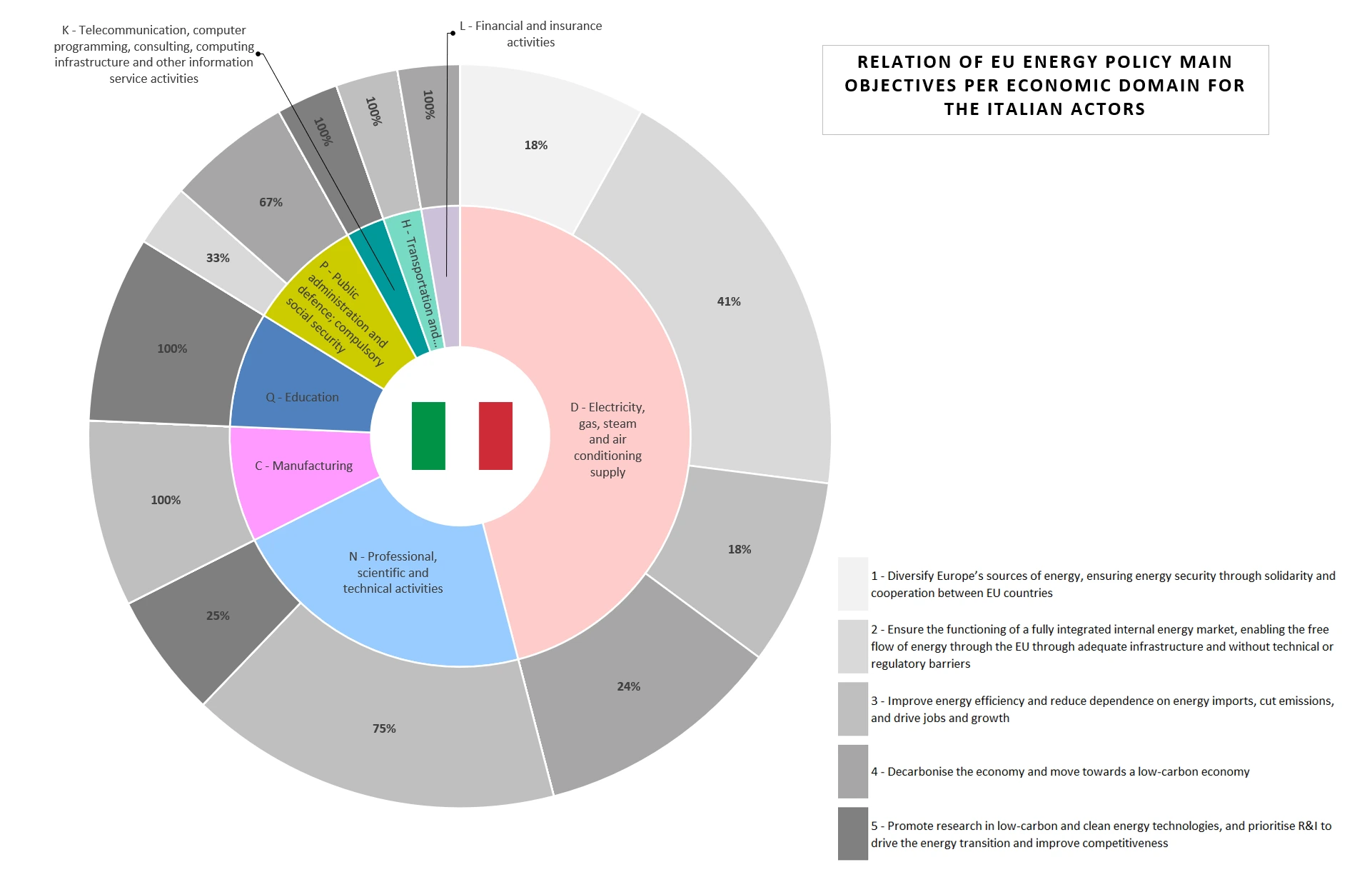
Greece’s three primary sectors – Electricity, gas, steam and air conditioning supply, Other service activities, and Professional, scientific and technical activities – align closely with energy objectives focused on energy efficiency and decarbonization. The remaining actors prioritize R&I activities and energy efficiency. Throughout, all energy policy objectives are addressed, with improving efficiency, transitioning to a low-carbon economy, and reducing reliance on energy imports standing out as the most prominent goals.
